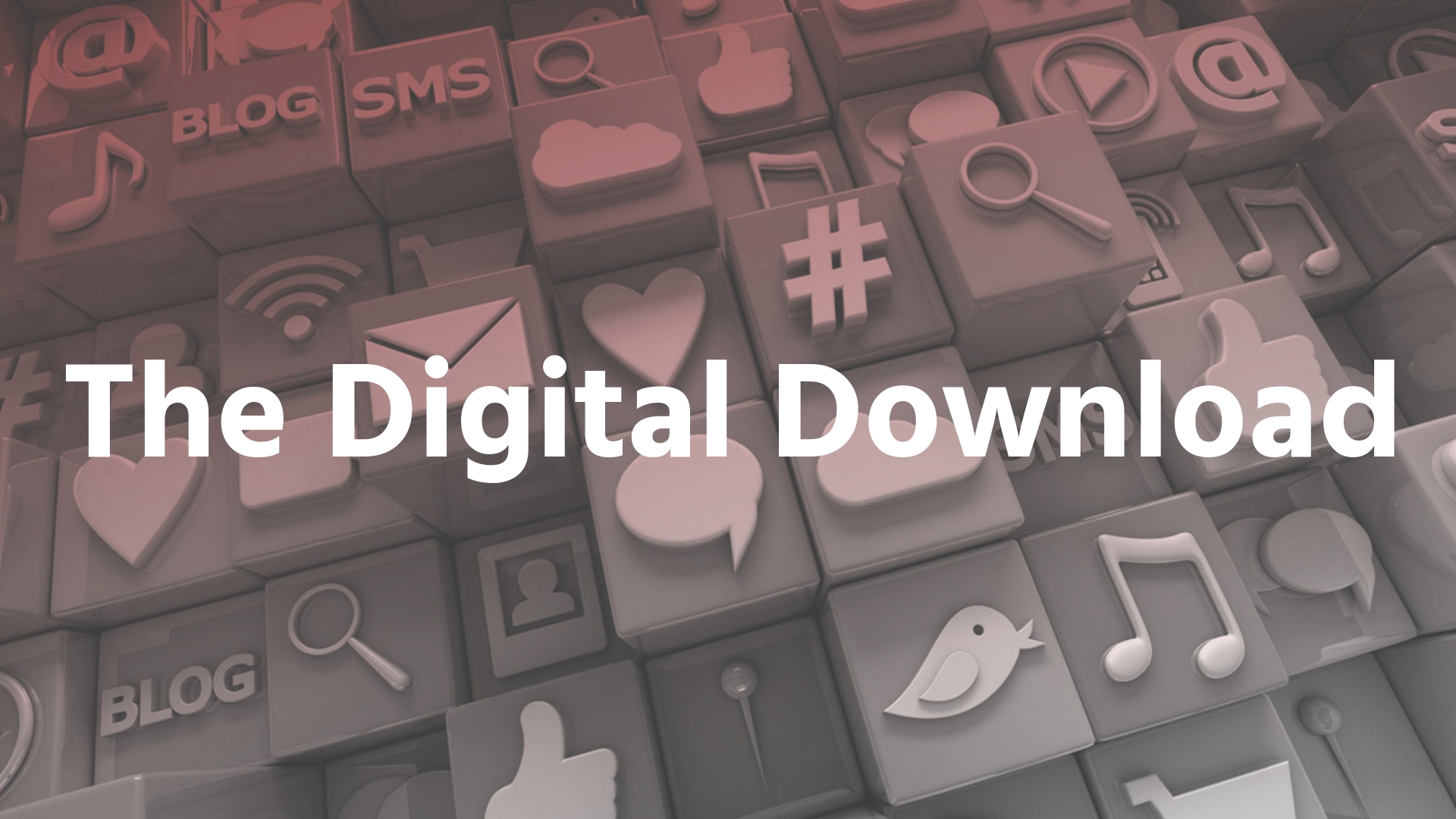Hello, world!
Do you remember the first time you created a social media account? For many of us, it was in the mid-early 2000s, on a platform like MySpace, or if you were really hip, one of those newfangled platforms called “Twitter” or “Facebook”. Regardless of which platform you signed into, it’s likely you weren’t doing it to stay in tune with news and events from the current hour – and unless you were in a very specialized industry, it was even less likely that you were logging in to promote your company’s brand.
Social media has evolved very quickly, in a relatively short period of time. What started off as an entertainment platform for friends and family to stay connected rapidly transformed once businesses realized they could easily and accurately reach segments of their target audiences. It was a place where they could instantly communicate with consumers for the first time ever.
I remember the first time I had a true interaction with a brand page on Twitter. It was probably in the late 2000s and I made an offhand play on words regarding a popular United States-based pickup truck manufacturer’s slogan. A few minutes later, I received a witty reply from said truck manufacturer’s Twitter account using a play on the slogan and a compliment on my tongue-in-cheek suggestion. I hadn’t mentioned the company and certainly didn’t expect them to find my Tweet, but the fact that they did simply blew my mind. This is a perfect example of how social media allowed brands to truly engage in a direct, targeted manner with consumers to ultimately influence buying decisions.
At first, it was only the “hip,” innovative brands made their way to Facebook and Twitter, but by 2010, if your company didn’t have at least one social media account, you were missing out on the ability to reach a key segment of your audience. It was no longer an option. It was necessary. In a way, it almost felt like social media legitimized a business, particularly for a younger crowd. If a consumer went looking for a brand page and couldn’t find it, did that company even exist?
 The same rings true today. According to the Hootsuite Social Media Barometer Report 2018, there are now 3.196 billion people using social media, up 13 percent from last year. Combine that with the countless social media platforms available (Facebook, Twitter, LinkedIn, Snapchat, Instagram, YouTube, Pinterest, etc.), brands have a wealth of resources available and massive amounts of people with which to engage. When companies use the right message on the right platforms, the ROI can be exponential.
The same rings true today. According to the Hootsuite Social Media Barometer Report 2018, there are now 3.196 billion people using social media, up 13 percent from last year. Combine that with the countless social media platforms available (Facebook, Twitter, LinkedIn, Snapchat, Instagram, YouTube, Pinterest, etc.), brands have a wealth of resources available and massive amounts of people with which to engage. When companies use the right message on the right platforms, the ROI can be exponential.
Companies have embraced Twitter as a platform to engage live with users on relevant hashtags, posts and through the use of Twitter chats. For example, The National Cybersecurity Alliance regularly hosts Twitter chats for the cybersecurity community to discuss a variety of topics related to online safety using #ChatSTC. Participating in Twitter chats such as this typically results in an influx of relevant followers and exposure.
Another platform particularly valuable for companies in the Business-to-Business (B2B) and Business-to-Government (B2G) spaces is LinkedIn. According to LinkedIn’s eBook, “The Secret Sauce,” 43 percent of marketers say they’ve sourced at least one customer on LinkedIn and 92 percent of B2B marketers leverage LinkedIn over other platforms.
Another platform that consumer brands in particular have embraced is Instagram. Statista reported that the number of Instagram users increased by 150 million year over year in 2014 and has since successfully grown by 100 million new users each year. Instagram is a platform that may not have been worth the time for a brand page five years ago, but is now one of the most heavily used social media sites to date. Particularly for companies looking to engage with a younger target audience, it’s a must-have.
Social media is a vital tool for embracing your target audience. If you’re not using it, you’re missing out on the chance to influence buying decisions and reach specific segments of your prospective buyers. Take some time to research your target audience and find out which platforms your audiences are using. Learn what type of message resonates with them and use the many tools at your disposal to join the conversation.
As a Sprout Social certified partner agency, W2 Communications offers strategic social counsel to clients, and helps them reinforce credibility with influencers and key audiences to maximize social media-driven ROI. To learn more about how we can assist in your social media efforts, contact us.




